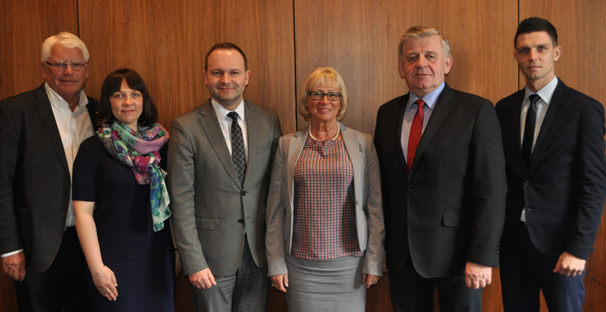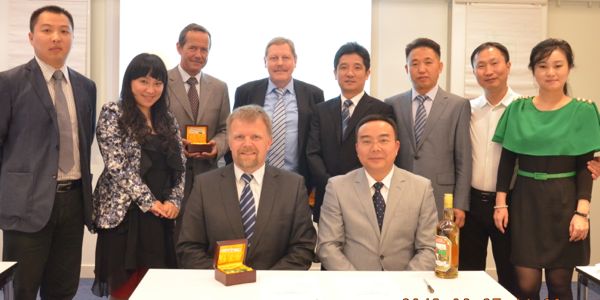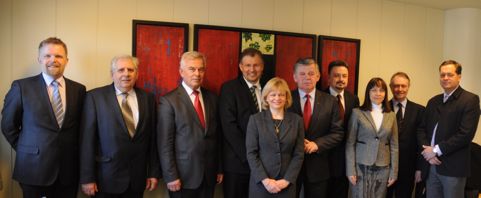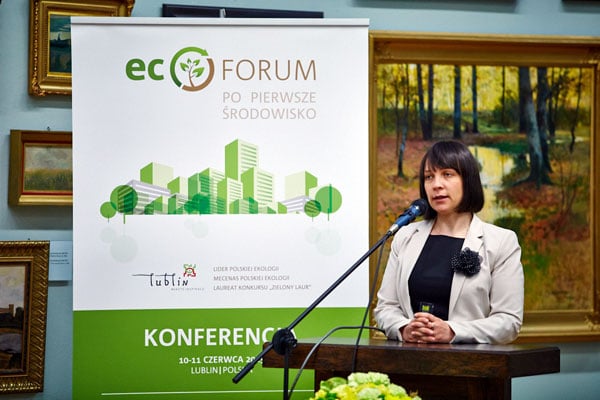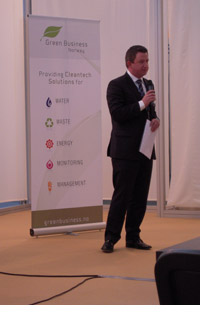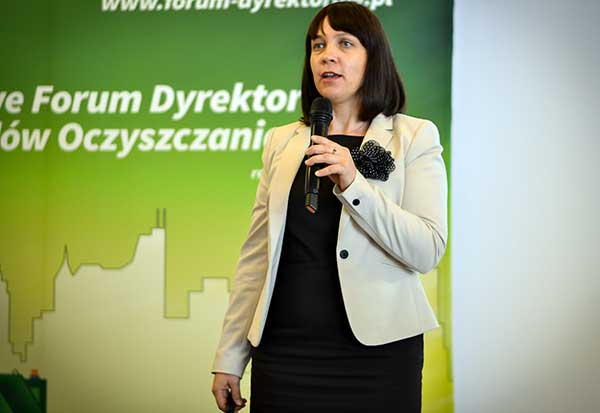
The GCC countries rank among the highest waste generating countries per capita in the world. Estimates of the total amount of waste generated in the GCC range from 90 million to 150 million metric tons annually, with the UAE being the highest generator per capita at approximately 2.2 kg (Mani, 2016; GCC Waste Management Industry to Present Untapped Opportunities, notes Frost & Sullivan, 2016). The amount of recycled waste is around 5% of the total, with the rest going to landfills or, even worse, to illegal dump sites (TOP WASTE-TO-ENERGY PROJECTS IN THE GCC). What is more, the amount of waste generated is expected to grow rapidly to anywhere between 1.5 and 2 times the current volume in the next five years (GCC Waste Management Industry to Present Untapped Opportunities, notes Frost & Sullivan, 2016).

Fig. 1 Wasted Opportunity No More. Souce: Frost & Sullivan
Historically, the main contributor to waste in the GCC is construction and demolition waste (CDW), which constitutes more than half the overall waste production, followed by municipal solid waste (MSW) with about one quarter. The other waste fractions are industrial waste (?18%) and hazardous waste (>10%). Depending on the country, these proportions vary slightly, with the UAE for example having more than two thirds CDW and around one quarter MSW (Saifaie, 2012).
Data by Frost & Sullivan from 2011 shows the overall waste composition in the GCC. The data also highlights that KSA and UAE are contributing over 80% of the total MSW. The overall composition of waste in the GCC has not changed much. There might have been a slight increase in CDW and a proportional decrease in MSW, but the changes are in the range of a few percent and vary by country, depending on the local environment (construction activity, industry size, population growth).

The composition of the waste would suggest that a large part of it is biodegradable. This is not reflected in common waste management practices in the GCC, where most waste goes to landfill. Especially in countries like Bahrain and Qatar, but also in the UAE, landfill space is running low and this practice is becoming a major problem.
Government Initiatives and Visions
The leaders of the United Arab Emirates have stated in their national agenda setting out their vision for 2021 that 75% of all waste generated should undergo treatment by 2021. This makes the UAE the only GCC country to have included in its national agenda actual numbers and goals for waste management. Some of the emirates have even pledged to divert 100% of waste from landfill over the coming decades.
Similar pledges concerning diversion from landfill and reduction of waste generated per capita have been made by the other GCC member states. The target diversion rates are all above 50% (Qatar) and go as high as 80% (Oman) over the next few decades.
It is estimated that most of the GCC cities will soon have to spend half their budget on waste management strategies (Mani, 2016).
Market Trends
Traditionally, the waste management sector in the GCC has been concerned only with collection and disposal. This is the reason why landfill capacity is now running low and other solutions have to be implemented.
While sorting at source and recycling projects are under consideration, the main focus in the GCC is on waste-to-energy projects in order to divert waste from landfill. In particular, the authorities are considering incineration projects.
The waste management market in the UAE alone is estimated to be worth more than USD 1.5 billion annually (Dua, 2016). This shows the potential of the waste market in the region, with a majority of projects being greenfield opportunities.
The global waste-to-energy market is set to grow from USD 19 billion in 2012 to USD 25 billion by 2022. Major projects are either under construction or have been announced in the GCC (TOP WASTE-TO-ENERGY PROJECTS IN THE GCC).
Conclusion
While there are several greenfield opportunities in the waste management sector in the GCC, the current focus and budgets are directed at waste-to-energy projects.
Awareness and education campaigns are under way to change the local culture and attitudes toward waste, and are starting to bear fruit. However, in general the “cradle to grave” attitude in the waste management sector is still dominant. Only once there are greater incentives from government and from the downstream market to accept recycled materials as an alternative will we see a true paradigm shift.
While in some places separation at source is starting to pick up, the GCC waste sector is far from being a circular economy, which should be the ultimate goal. The case of Enviroserve (backed by the Swiss Government Finance Agency), which has recently announced the construction of the world’s largest e-waste recycling plant, shows that such initiatives are possible with the right government support. In Phase 1 the plant is intended to recycle 39,000 metric tons of e-waste annually, and the total project cost is AED 120 million (around USD 32 million).
With the region constantly growing and two mega events coming up in the next decade (FIFA, Expo), there are several opportunities/locations where a holistic circular economy concept for the waste sector can be implemented and Scandinavian BAT showcased and demonstrated. With the focus on waste-to-energy, biogas and alternative fuel production in particular are on the agenda of most government bodies and planning committees.
In the tire recycling and organic waste treatment sector, momentum is growing. At this stage the appetite to make the required investments is not there yet, owing to lack of incentives and legal framework, but as the Enviroserve case shows, the situation can change quickly. Change is imminent and unavoidable in the wider context in order to achieve the ambitious goals set for waste in the GCC.
Green Business Norway believes that continuous awareness and communication with potential end clients can lead to new projects in the various sectors related to waste management. What is most important is to have the various technologies proven in the form of pilot and reference projects in the region. With the governments of the region adjusting to the new oil price reality and budgeting accordingly, the infrastructure and municipal sectors are picking up speed again, and new projects are being awarded and evaluated. These indicators clearly signal that we will see some waste management projects in the region in the near future.
Author:
Green Business Norway Regional Director Gulf Region, Benedikt Pilscheur – benedikt@greenbusiness.no

























